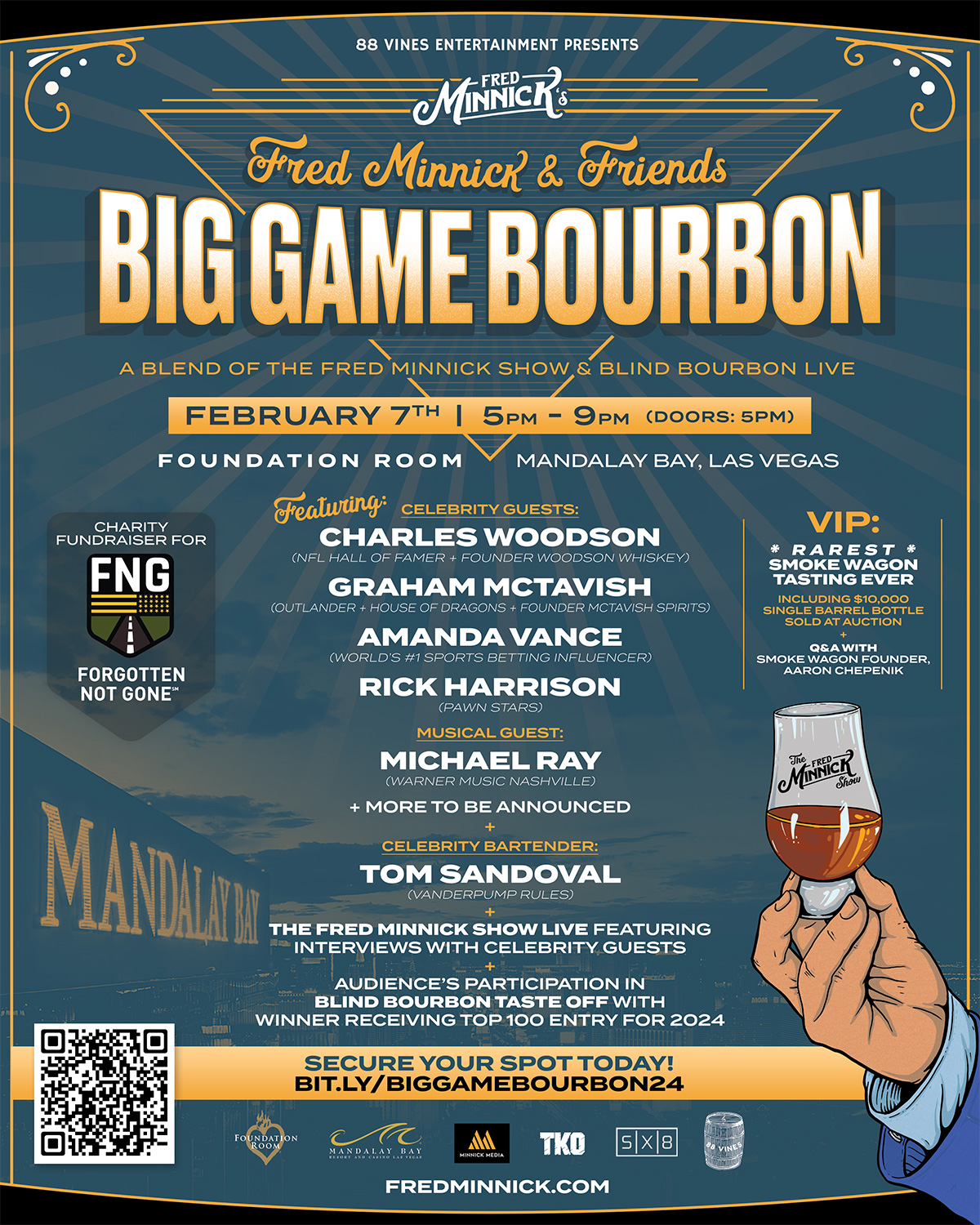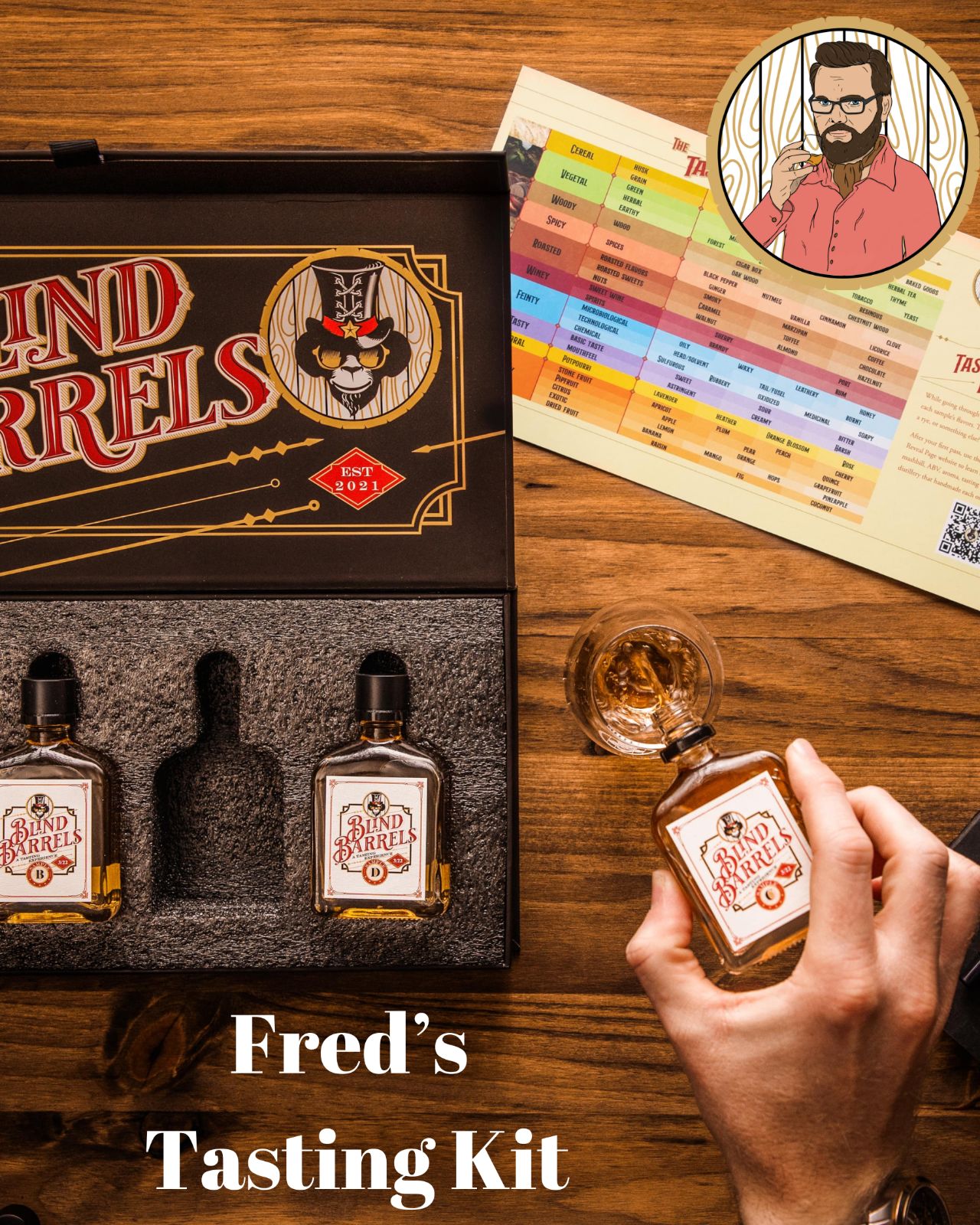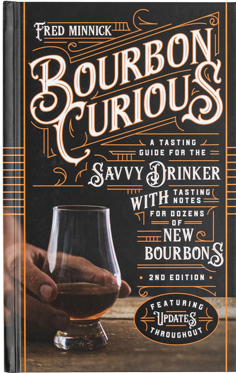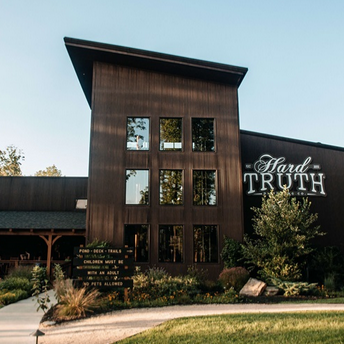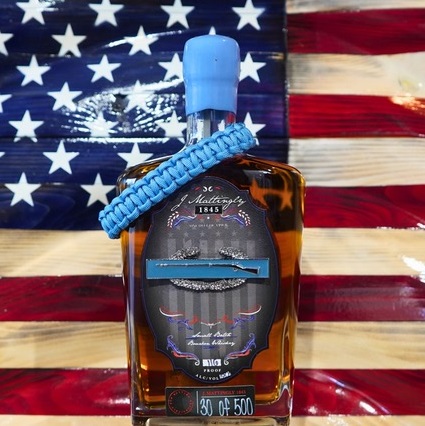Angel’s Envy Rye Whiskey Review: How to Judge Special Barrel-Finished Whiskey?
I enjoy this new Angel’s Envy Rye Whiskey, undeniably finished in Caribbean Rum Casks.
(Note: This Angel’s Envy Rye was a media sample.)
Made by legendary and former Woodford Reserve distiller Lincoln Henderson, Angel’s Envy catapulted into the American whiskey scene in 2011 with its port-barrel finished bourbon.
The rye whiskey follows in the footsteps of the bourbon. Angel’s Envy Rye walks you into a French bakery, where raspberry brûlée and vanilla cream-filled pastry puffs are just sitting right there in the open. With a deep sniff, you pick up the spice, but only after you’re treated to sweetness. The palate is a little more familiar with a rye whiskey structure, the tannins dripping down, but the sweet flavors play hopscotch with that lovely rye spice for a nice long cinnamon finish.
For as much as I enjoy this whiskey, the most dramatic flavors beg the debate: Is this really rye whiskey?
According to the Alcohol and Tobacco Tax and Trade Bureau (TTB), rye whiskey is: “Whisky produced at not exceeding 80% alcohol by volume (160 proof) from a fermented mash of not less than 51 percent rye and stored at not more than 62.5% alcohol by volume (125 proof) in charred new oak containers.”
The TTB has set the precedent that distillers must label special barrel finished products as finished in said barrels. It’s interesting, though, that the TTB is inconsistent on this mandate.
The Maker’s 46 label says: “Kentucky Bourbon Whiskey Barrel Finished with Oak Staves.” Why didn’t it allow Maker’s 46 to add “French” oak staves? Woodford Reserve Four Wood is finished in Maple, Port and Sherry casks, but the TTB only allowed “finished in Maple Wood and Wine barrels.” It allowed Big Bottom Whiskey to label its bourbon as “Port Cask Finished,” so why not allow Maker’s 46 and Woodford Four Wood to describe their barrel finishes on the label?
Aside from the label confusion, these barrel-finished products confuse the hell out of us whiskey consumers. How are we supposed to judge them?
When I tasted Four Wood for the first time, I blatantly gushed about it on my Facebook page. A few months later, it was on my panel at the San Francisco World Spirits Competition, and I don’t even think I medaled it. Why? I tasted it next to other “real” bourbons, not whiskeys finished in other casks. Even though it earned a Silver at the competition and I still love it for what it is, Four Wood just didn’t match up to the standard bourbon profile in a blind tasting.
That leads me to Angel’s Envy Rye Whiskey finished in Caribbean Rum Casks. Will it stand out next to other rye whiskeys? Yes, but not in a good way. I suspect if blind tasted in a competition, somebody will say they loathe it next to standard ryes.
As consumers, we categorically put products into boxes. When you walk into a bookstore, romance titles are next to other romance novels, not mixed in with true crime stories. At auto part stores, the transmissions are not intermingled with windshield wipers. On what shelf do these barrel-finished products belong? Next to the flavored whiskeys? Next to their base whiskey?
I find these barrel-finished products to be exceptional, and I thoroughly appreciate Angel’s Envy Rye Whiskey and Four Wood. The barrel-finished category is growing and deserves to be judged on its own.



